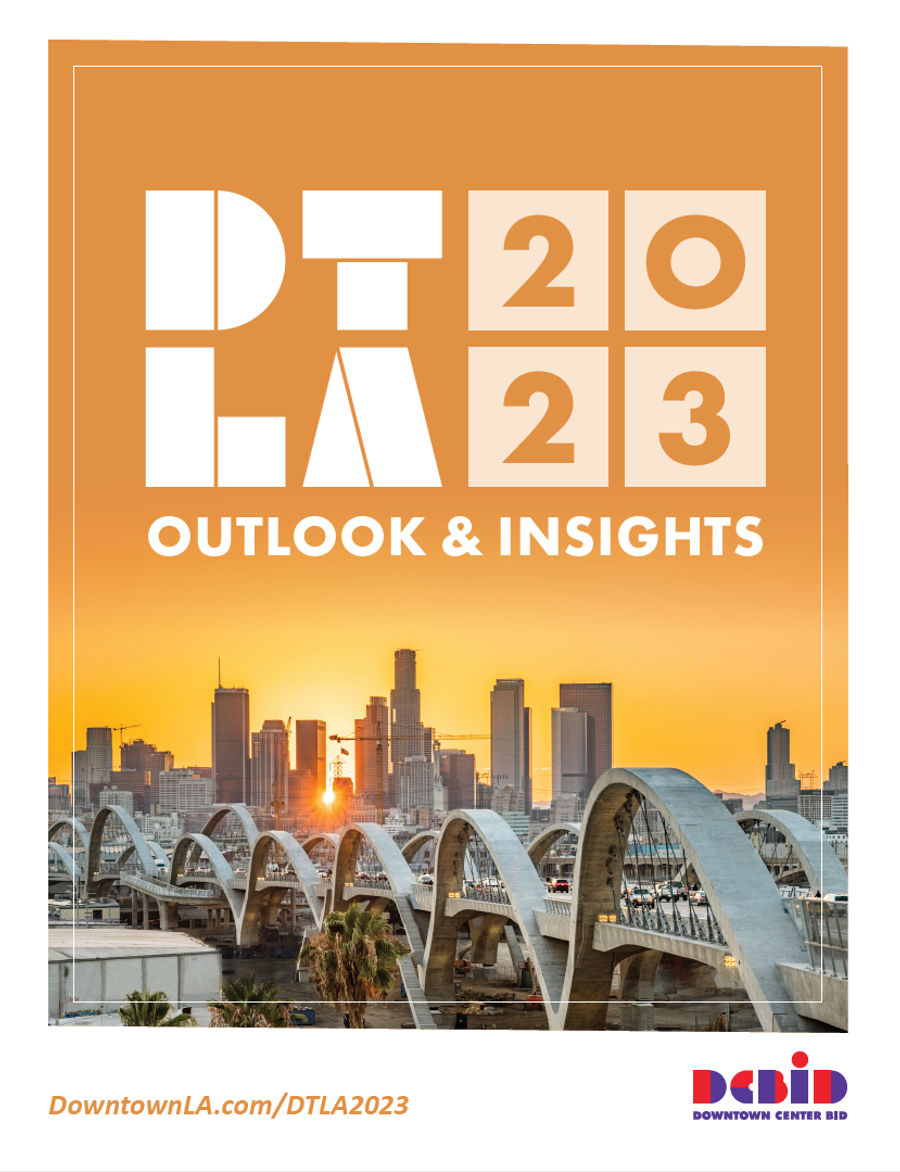Adaptive Reuse & the Downtown Renaissance
“During the 20-year period following the ARO’s adoption in 1999, over 12,000 new housing units, more than 30 percent of the total 37,000 units added in Downtown LA over that time, were created through adaptive reuse.”
Central City Association
White Paper on Adaptive Reuse, 2021

Adaptive reuse is in DTLA’s DNA, having played a key role in the evolution of Downtown from a traditional business district into a dynamic 24/7 destination over the past two decades. This reinvention did not happen by accident. Along with strategic investments, such as Staples Center, it was fueled by the 1999 Adaptive Reuse Ordinance, championed by key local stakeholders such as Carol Schatz, President & CEO of the Central City Association.+ The new ordinance kick-started a residential development boom in Downtown by encouraging the conversion of vacant or underutilized commercial buildings to residential lofts via tax incentives, relaxed development requirements, and streamlined processes.
DTLA Renaissance: Before & After
Bottega Louie
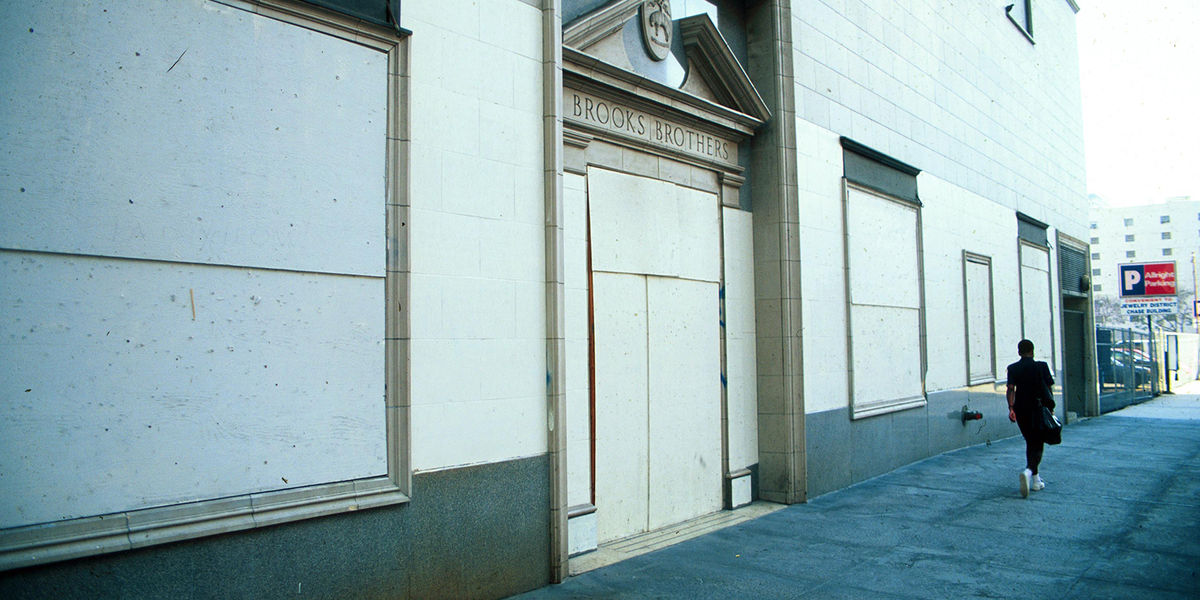 Before
Before
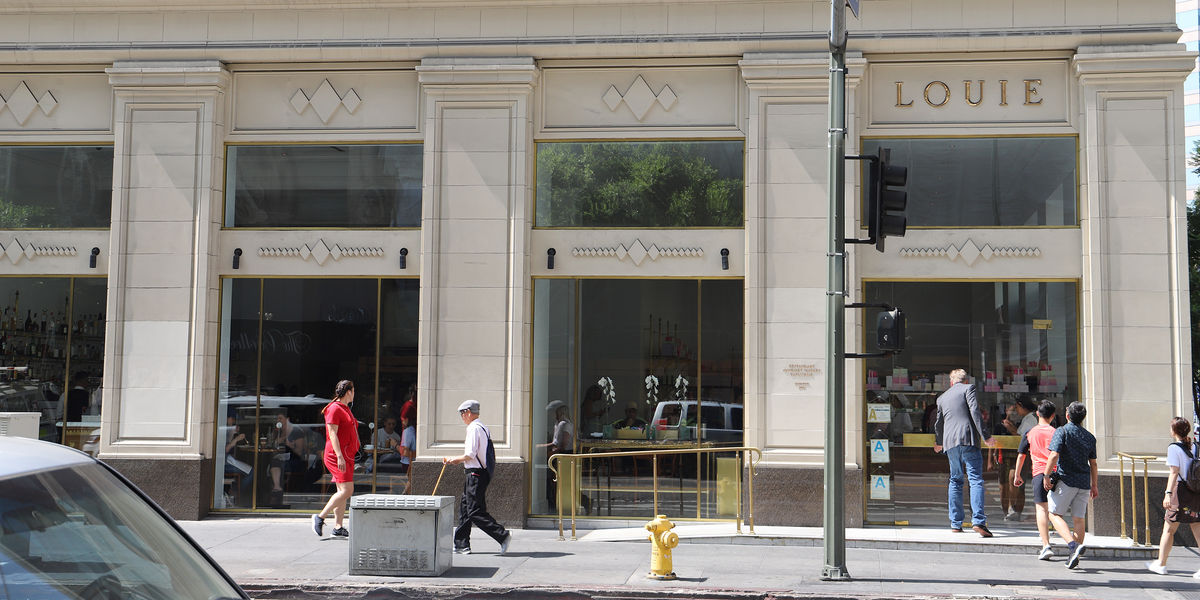 After
After
Eastern Columbia
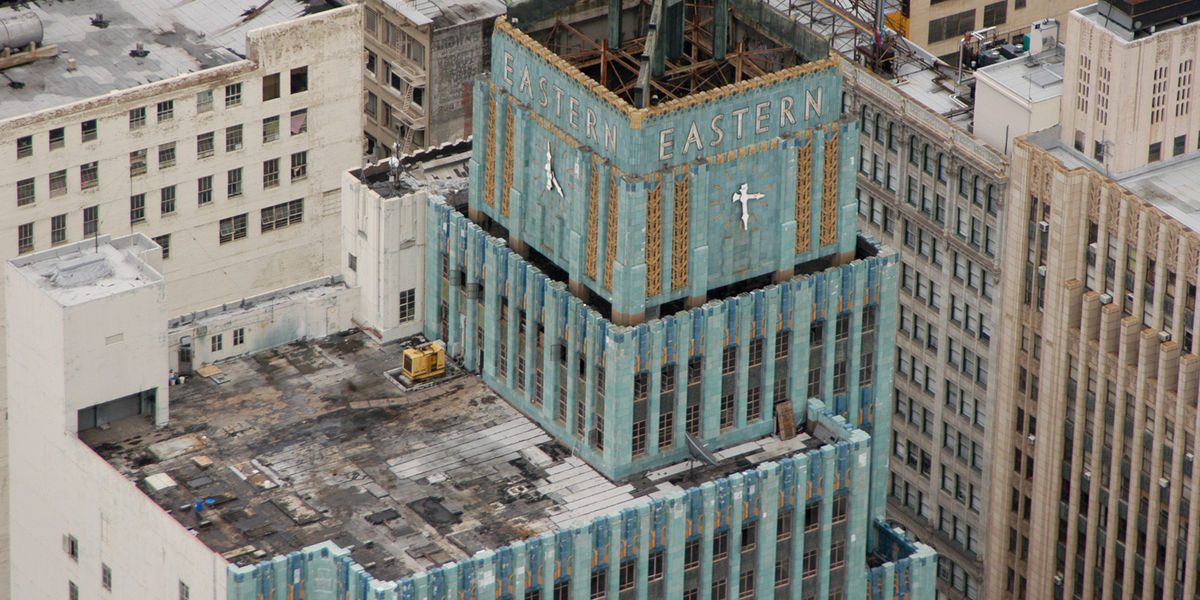 Before
Before
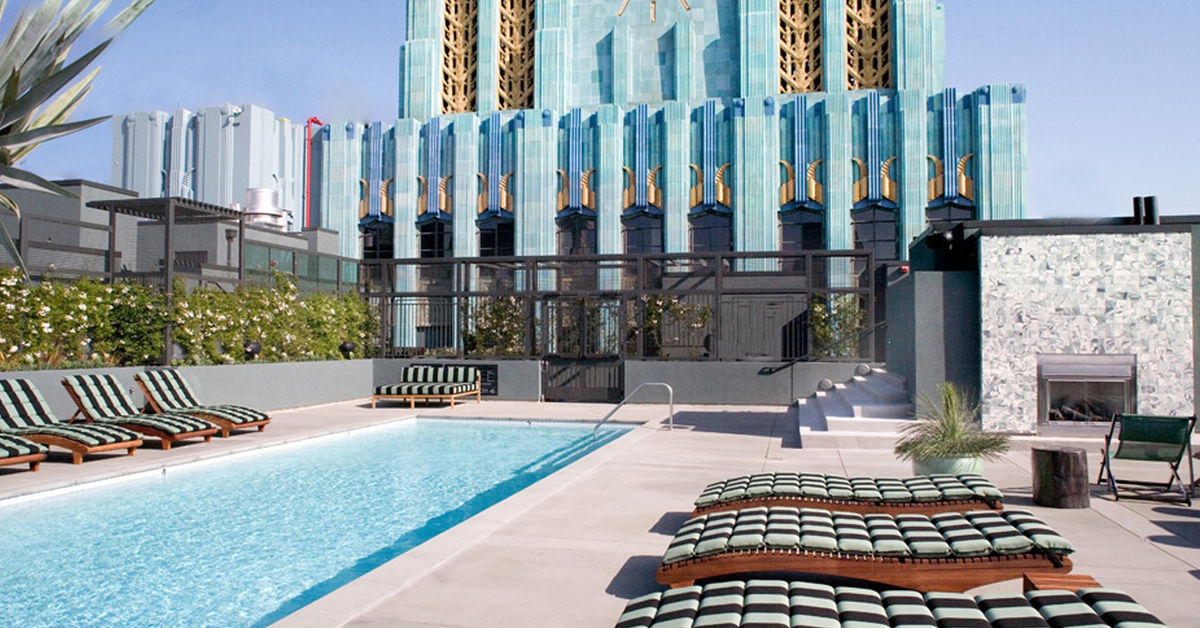 After
After
The Downtown Skyline
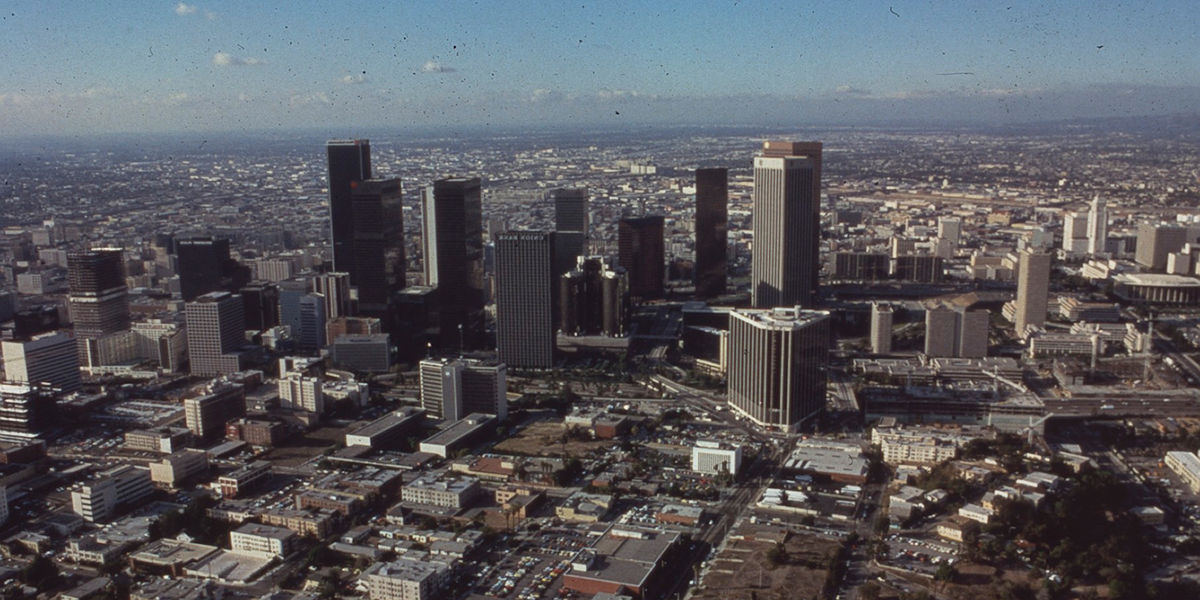 Before
Before
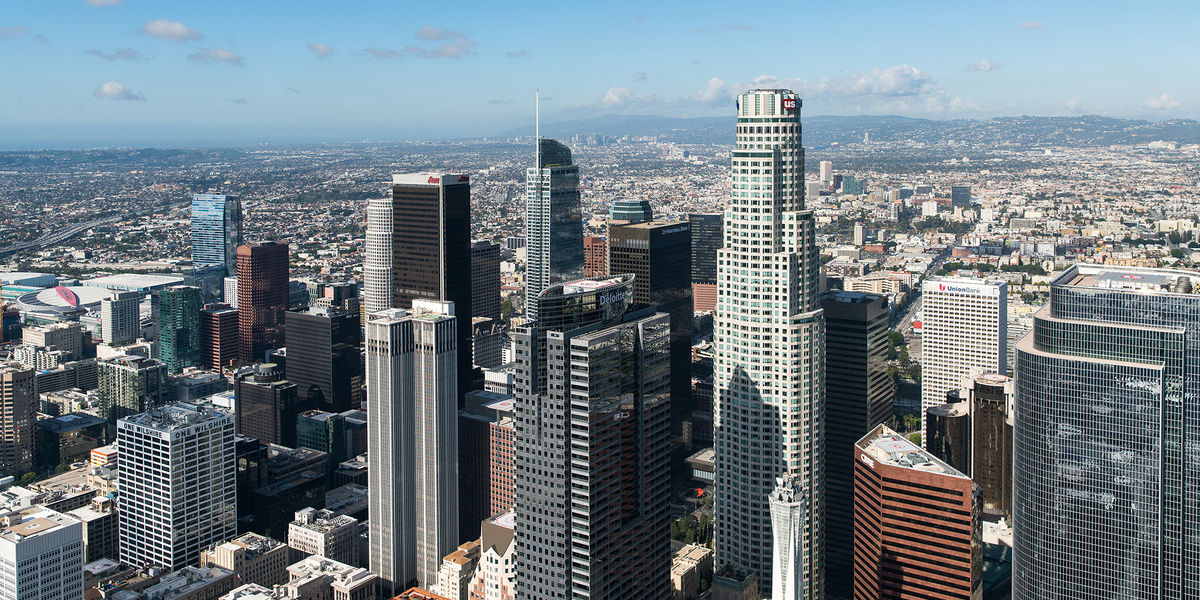 After
After
Revitalizing and repopulating these vintage properties made the area more vibrant and appealing, attracting Angelenos seeking a more urban lifestyle. These new residents brought a new energy and spirit to Downtown, creating a vibrant community and distinct culture that transformed the character of the neighborhood and led to a wave of new commercial opportunities as well.
Adaptive Reuse Projects
Video: Interview with Carol Schatz, President of the Central City Association, 1995-2016
New restaurants, retailers, and art galleries were attracted by the growing residential population, and Downtown quickly became a nightlife hotspot. In addition to the new residents, office workers who previously had rarely left their building, were going out for lunch, staying after work, and engaging with the area in a way they had never done before.
New Retail
New Attractions
While adaptive reuse was not the only catalyst for the Downtown Renaissance, it was arguably the most impactful in terms of fostering the growth and cultivating the unique character of DTLA, through the rapid expansion of the residential population.
The lesson for today is that adaptive reuse can serve as a catalyst to further growth and change. It is not just about changing a building from one use to another. It is about the spirit of adaptability and reinvention.
